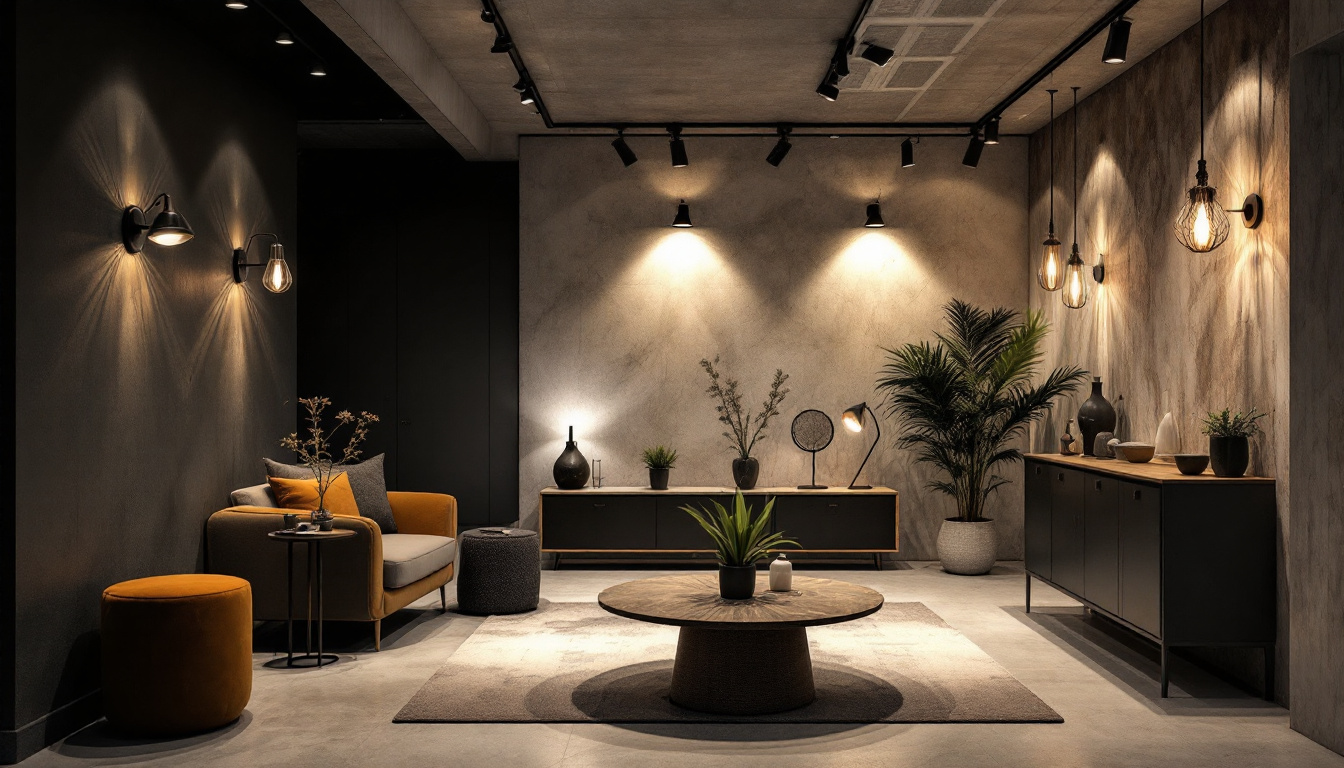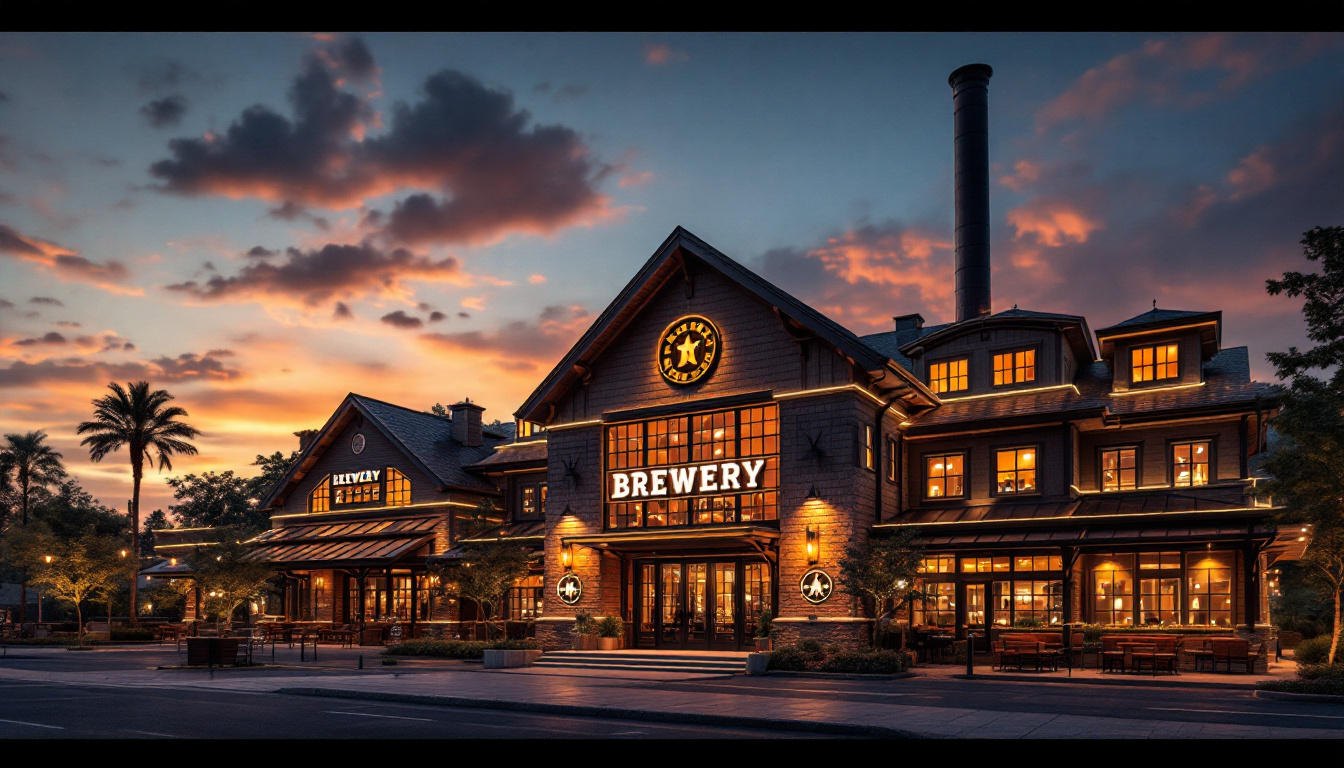
As a lighting contractor, understanding the nuances of basement lighting is crucial to delivering quality results that meet client expectations. Basements often present unique challenges due to their inherent characteristics, such as limited natural light and varying ceiling heights. This guide aims to provide insights into selecting the right fixtures, avoiding common pitfalls, and ensuring that clients are satisfied with the finished product.
Basements are often overlooked when it comes to lighting design. Their typically confined spaces and lack of windows can create a dim and uninviting atmosphere. As a lighting contractor, recognizing these challenges is the first step toward creating effective solutions that enhance the functionality and aesthetics of the space.
One of the most significant challenges in basement lighting is the limited availability of natural light. Many basements are partially or entirely underground, which can lead to dark corners and shadowy areas. To combat this, it’s essential to choose fixtures that can provide adequate illumination without overwhelming the space.
Consider using layered lighting techniques, which involve combining ambient, task, and accent lighting. This approach ensures that every corner of the basement is well-lit, creating a more inviting environment. Additionally, the use of mirrors can help reflect light and make the space feel larger and brighter. Incorporating LED strip lights along shelves or under cabinets can also add a modern touch while enhancing visibility, making it easier to navigate the area, especially in multifunctional spaces.
Basements often feature varying ceiling heights, which can complicate fixture selection. Low ceilings may require flush mounts or recessed lighting to avoid making the space feel cramped. Conversely, higher ceilings can accommodate pendant lights or chandeliers, adding a touch of elegance.
Understanding the layout of the basement is also crucial. Areas designated for specific activities, such as a home theater or a laundry room, may require different lighting solutions. A thorough assessment of the space will help in determining the best fixtures for each area. For instance, in a home theater, dimmable sconces can create a cozy atmosphere while allowing for flexibility in brightness during movie nights. In contrast, a laundry room may benefit from bright, focused lighting to ensure tasks can be completed efficiently. Additionally, strategically placed wall-mounted fixtures can enhance the overall design while providing necessary illumination in these functional zones.
When it comes to selecting basement light fixtures, several factors must be considered to ensure optimal performance and aesthetics. The right fixtures can transform a dull basement into a vibrant and functional space.
There are various types of fixtures suitable for basement lighting, each with its advantages and disadvantages. Here are some popular options:
In today’s world, energy efficiency is a significant concern for many homeowners. When selecting fixtures, consider options that utilize LED technology. LED lights consume less energy and have a longer lifespan compared to traditional bulbs, making them a cost-effective choice in the long run.
Additionally, incorporating dimmer switches can enhance energy efficiency by allowing clients to adjust the brightness according to their needs. This flexibility can also contribute to the overall ambiance of the space, making it more versatile for various activities.
Moreover, it’s worth exploring smart lighting solutions that can be controlled remotely via smartphones or voice-activated devices. These systems not only improve convenience but also allow for scheduling and automation, ensuring that lights are only on when needed. This can lead to significant energy savings, especially in a basement that may not be used every day. Furthermore, consider the color temperature of the bulbs; warmer tones can create a cozy atmosphere, while cooler tones can make the space feel more open and airy.
Lastly, think about the layout and how light interacts with the space. Layering different types of lighting—ambient, task, and accent—can create a well-balanced environment. For instance, combining recessed lights with wall sconces and a few strategically placed floor lamps can help eliminate shadows and provide a more inviting atmosphere, making the basement a true extension of your home.
Even experienced lighting contractors can fall into common traps when designing basement lighting. Awareness of these pitfalls can help ensure that projects run smoothly and meet client expectations.
One of the most frequent mistakes is neglecting to implement a layered lighting approach. Relying solely on one type of fixture can lead to uneven lighting and create dark spots. It’s essential to consider the three layers of lighting: ambient, task, and accent.
By planning for all three layers, contractors can create a well-lit space that is both functional and inviting. For instance, combining recessed lights for ambient lighting with task lighting over work areas will ensure that the basement is usable for various activities. Additionally, incorporating accent lighting can highlight architectural features or artwork, adding a touch of personality and warmth to the space. This thoughtful layering not only enhances the aesthetic appeal but also improves the overall usability of the basement, making it a versatile area for relaxation, entertainment, or even a home office.
Improper fixture placement can significantly impact the effectiveness of basement lighting. Fixtures should be strategically positioned to eliminate shadows and ensure even distribution of light. For example, placing recessed lights too far apart can leave gaps in illumination, while clustering them too closely can create overly bright spots.
Taking the time to map out the placement of fixtures before installation can save time and effort. Utilizing lighting design software can also aid in visualizing the layout and making necessary adjustments prior to installation. Furthermore, considering the height of the ceiling and the intended use of the space is crucial. For instance, if the basement will serve as a home theater, dimmable fixtures and adjustable placements can enhance the viewing experience. On the other hand, a workshop area might benefit from brighter, more focused lighting to ensure tasks can be performed safely and efficiently. Balancing these factors will lead to a more harmonious lighting design that meets the specific needs of the basement’s occupants.
While functionality is paramount, aesthetics play a vital role in basement lighting. The right design choices can elevate the overall look of the space and make it more appealing to clients.
The color temperature of light can significantly influence the mood of a space. For basements, a warmer color temperature (around 2700K to 3000K) can create a cozy and inviting atmosphere. In contrast, cooler temperatures (above 4000K) can make the space feel sterile and unwelcoming.
Understanding the intended use of the basement can guide the selection of color temperature. For example, a home gym may benefit from cooler lighting to promote alertness, while a family room may thrive under warmer tones.
Basement lighting fixtures can also serve as decorative elements. Choosing fixtures that complement the overall design theme of the basement can enhance its visual appeal. For instance, industrial-style pendant lights can add character to a modern basement, while vintage sconces can evoke a sense of nostalgia.
Incorporating decorative elements not only improves aesthetics but can also reflect the personality and preferences of the homeowners, making the space feel more personalized.
Safety should always be a top priority when it comes to basement lighting. Basements can be prone to moisture, and ensuring that fixtures are compliant with safety standards is essential for preventing hazards.
When selecting fixtures for basements, it’s crucial to choose moisture-resistant options, especially in areas prone to dampness. Look for fixtures that are rated for wet or damp locations to ensure they can withstand the conditions without compromising safety.
Additionally, using GFCI (Ground Fault Circuit Interrupter) outlets can help prevent electrical shock in areas where water may come into contact with electrical systems. This is particularly important in laundry rooms or areas near sinks.
Each locality may have specific codes and regulations regarding basement lighting. It’s imperative for lighting contractors to familiarize themselves with these requirements to ensure compliance. This not only protects the contractor from potential legal issues but also ensures the safety of the homeowners.
Regularly reviewing local codes and staying updated on any changes can help contractors maintain compliance and provide peace of mind to their clients.
Basement lighting is a critical aspect of creating functional and inviting spaces. By understanding the unique challenges, selecting the right fixtures, avoiding common pitfalls, and ensuring safety and compliance, lighting contractors can deliver exceptional results that meet client expectations.
Incorporating layered lighting, considering energy efficiency, and enhancing aesthetics can further elevate the quality of basement lighting projects. Ultimately, a well-lit basement can transform an overlooked area into a vibrant extension of the home, adding both value and enjoyment for homeowners.
As the demand for beautifully lit basements continues to grow, staying informed and adaptable will be key for lighting contractors looking to excel in this niche market.
Ready to enhance your basement lighting projects with fixtures that promise quality and value? Look no further than LumenWholesale. Our extensive selection of spec-grade lighting products is designed to meet the unique challenges of basement environments, ensuring you deliver exceptional results every time. With unbeatable wholesale prices and the convenience of free shipping on bulk orders, you can equip your projects with the best without the burden of inflated costs. Elevate your lighting game and give your clients the vibrant, functional spaces they deserve. Discover the perfect blend of quality, affordability, and convenience at LumenWholesale – Wholesale Lighting at the Best Value.

Discover how expert lighting contractors transform breweries into captivating visual experiences.

Discover the key factors that distinguish top lighting contractors when it comes to integrating LED and dimmer switch technologies.

Discover the transformative journey of solar-powered outdoor lighting fixtures and their impact on the lighting industry.

Discover the frequent pitfalls lighting contractors encounter when installing exterior light boxes.